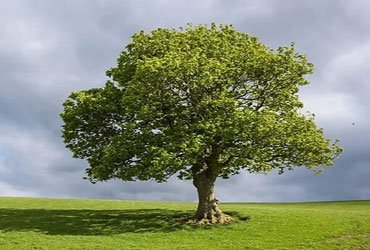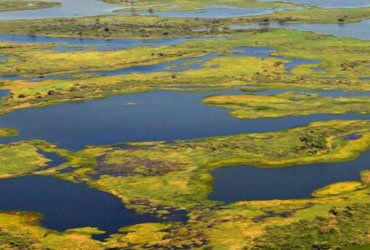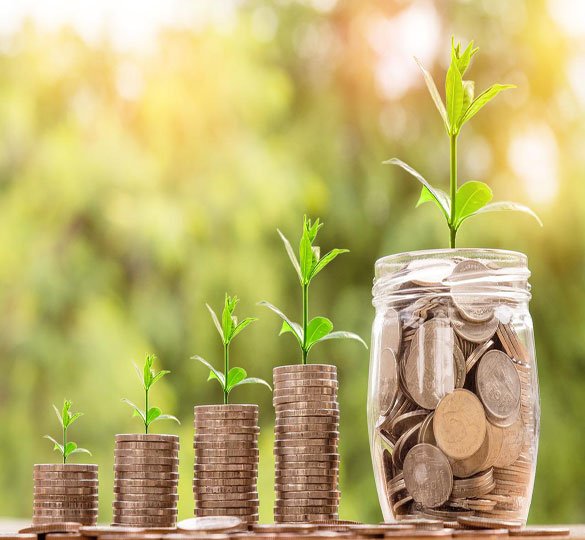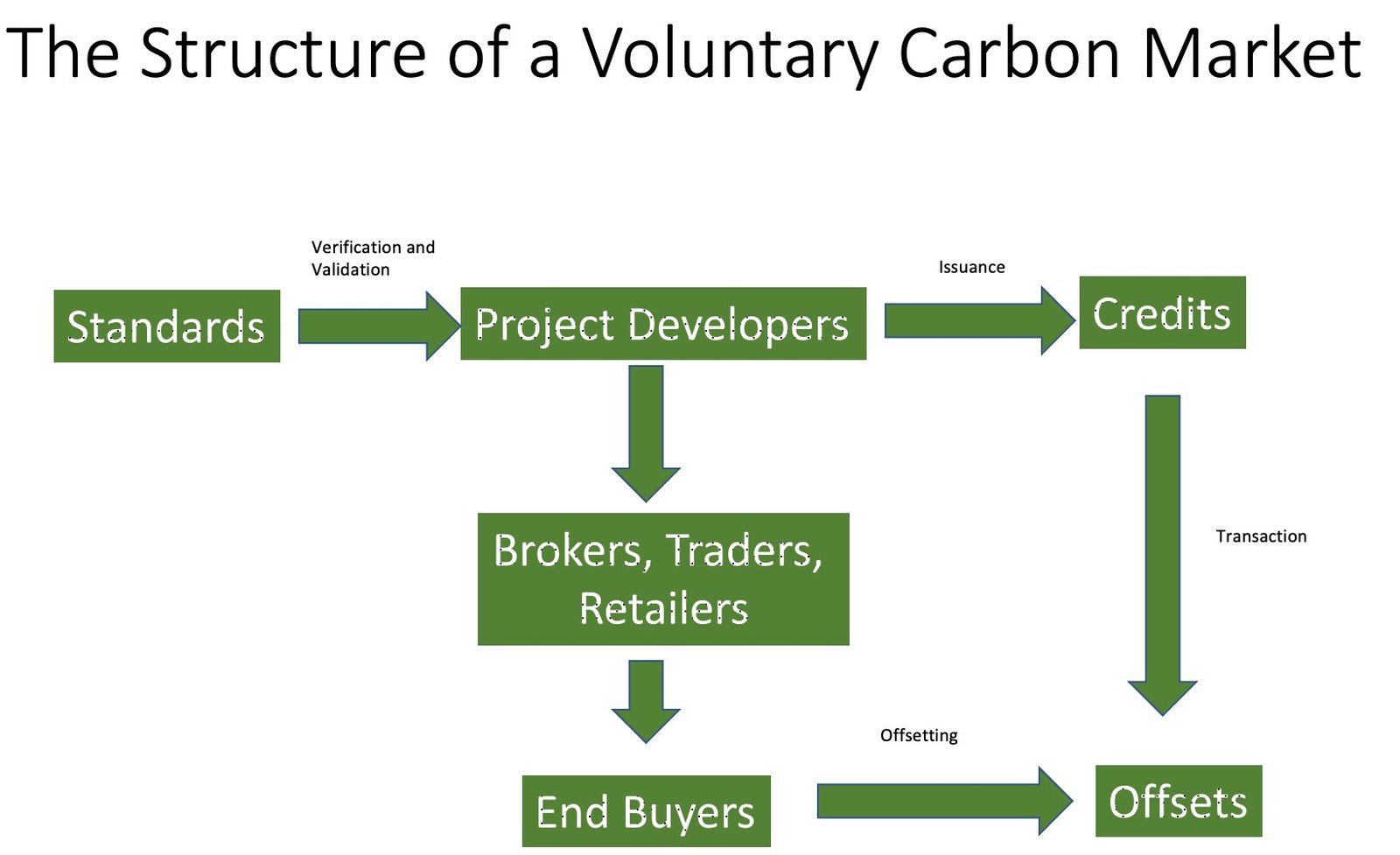Carbon Offset Projects












Carbon Junction Private Limited, a one stop voluntary carbon credit offset exchange for all carbon conscious companies from SME's, MSMEs, Public, Private and Government sector organizations.
Every organization shares a common responsible goal to track and reduce carbon emissions as much as possible and to compensate for unavoidable emissions through voluntary carbon offsetting credits to render their activities to be net zero carbon/carbon neutral. Such actions shall protect both environment and their own businesses in the long run. Better sustainability credentials through carbo zero emissions allow them to maximise commercial opportunities (to the extent of raising funds on such carbon offset credit savings), enhance their brands image, engage more environment conscious stakeholders.

OUR COMMITMENT:
• Committed to raise awareness on reducing carbon emissions at the very source of generation
• Committed to a better carbon free environment
• Leaders in voluntary carbon offsetting in India
• Committed to create learnings from our experiences on reducing carbon footprints through a voluntary carbon offset exchange
OUR PASSION
We stand committed to providing you with the highest level of service & making the whole experience of transaction on our voluntary carbon credit offset exchange work as hassle free, rapid and cost effective for you as far as possible.
• We keep it easy with no fancy jargon.
• We keep it personal by appointing a consultant to walk you through the exchange and help you select the best carbon offset projects to suit once needs.
• We keep the process fully transparent as all carbon offsets are registered on publicly viewable registries.
FREQUENTLY ASKED QUESTION (FAQ’S)
What is the Kyoto protocol for carbon offset
Kyoto Protocol is a voluntary treaty signed by 141 countries, including the European Union, Japan and Canada for reducing GHG emissions However, the US is yet to sign this treaty. The preliminary phase of the Kyoto Protocol is to start in '07 while the second phase starts from '08. There are penalties for non-compliance.
Voluntary Offset Market
Voluntary carbon markets enable businesses, governments, non-profit organizations (N.G.O), universities, municipalities, and individuals to offset their emissions outside a regulatory regime. These entities can purchase carbon offsets that were created either through the voluntary or compliance credit markets. Trading and demand in the voluntary carbon market are created only by voluntary buyers (corporations, institutions, and individuals) whereas, in a compliance carbon market, demand is created by a regulatory mandate.

Since voluntary carbon offset credits cannot be used in compliance markets, they tend to be cheaper. Because voluntary carbon offsets are typically purchased in conjunction with goodwill efforts to present a company or organization as a climate champion, many factors can influence a buyer's interest in a project to best present this image. Pricing in voluntary carbon offset markets reflects this reality, in which buyers have varied objectives in purchasing voluntary carbon offset credits. Voluntary carbon market credits differ in price based on project and potential for marketing, project type, location, and co-benefits beyond climate impact that match with buyers' preferences and interests.
The voluntary carbon offset market includes a wide range of programs, entities, standards, and protocols. Voluntary carbon offset credits have the general advantage of lower transaction costs than carbon offsets generated for use in mandatory compliance markets. Voluntary carbon offset markets also serve as a niche for micro-scale projects that are too small to warrant the administrative burden of mandatory compliance offset programs or compliance schemes.

How do we verify offsets
We offer on our voluntary carbon offset exchange a full range of high-quality voluntary carbon offsets for buyers to choose from. Here's the list of the most common international & national standards that issue such voluntary carbon credits :
Gold Standard
VCS Verra
Plan Vivo
Climate Action Reserve
American Credit Registry
Registries are of fundamental importance to avoid the risk of double-counting, which occurs when two or more organizations monetize and claim the same credit. Once an organization decides to purchase carbon credits, intermediaries such as Carbon Junction a voluntary carbon offset exchange help settle the contribution on behalf of their clients, transferring the credits and cancelling them once the credits are retired.
How does trading in voluntary carbon credit offsets take place
The concept of voluntary carbon credit trading seeks to encourage countries to reduce their GHG emissions, as it rewards those countries which meet their targets and provides financial incentives to others. Surplus voluntary credits (collected by overshooting the emission reduction target) can be sold in the global market. One credit is equivalent to one tone of CO2 emission reduced. In countries like India, GHG emission is much below the target fixed by Kyoto Protocol and hence they are entitled to sell surplus voluntary credits to developed countries. It is here on our voluntary carbon credit offset exchange that trading takes place. Foreign companies who cannot fulfil the protocol norms can buy the surplus voluntary carbon credit from companies in other countries through trading on our voluntary carbon offset exchange .
Why Voluntary Carbon Offset
Voluntary Carbon offsetting funds solutions to reducing carbon emissions now. Frequently carbon offsetting reduces emissions much faster than you can as an individual/single company. Voluntary Carbon offsetting projects help to combat global climate change as well as caring for local communities. In many instances providing much needed employment, health improvement, biodiversity, reforestation and broad social benefits to impoverished communities.
What is a voluntary Carbon Offset
The terms voluntary carbon offset and voluntary carbon offset credit (or simply "offset credit") are used interchangeably, though they can mean slightly different things. A voluntary carbon credit offset broadly refers to a reduction in GHG emissions – or an increase in carbon storage (e.g., through land restoration or the planting of trees) – that is used to compensate for emissions that occur elsewhere. A voluntary carbon offset credit is a transferrable instrument certified by governments or independent certification bodies to represent an emission reduction of one metric tonne of CO2, or an equivalent amount of other GHGs.
In a nutshell Voluntary Carbon offset is a way to compensate for your emissions by funding an equivalent carbon dioxide saving elsewhere. Our everyday functions at work, consume energy and produce carbon emissions. Voluntary Carbon offsetting is used to balance out these emissions by helping to pay for emission savings. We offer voluntary carbon offset projects for buy and sell being a voluntary carbon offset exchange
What are Carbon Offset Projects
Carbon offset credits can be produced by a variety of activities that reduce GHG emissions or increase carbon sequestration.
A carbon offset project, for example, may involve:
• Renewable energy development (displacing fossil-fuel emissions from conventional power plants);
• The capture and destruction of high-potency GHGs like methane, N2O, or HFCs; or
• Avoided deforestation (which can both avoid the emission of the carbon stored in trees, as well as absorb additional carbon as trees grow).
Carbon offset Projects can range in scale from very small to very large ones.
In many cases, carbon offset projects produce social and environmental benefits beyond just GHG reductions. Many voluntary carbon offset credit buyers seek carbon offset projects that yield a broad range of benefits. Project Carbon offsets can thus be part of a comprehensive strategy for corporate social responsibility, combining efforts to address climate change with contributions to other public goods.
There are two kinds of carbon credit offsetting projects:
Avoidance projects: Projects that prevent carbon emissions that would have been possibly released into the atmosphere. Such projects examples include forest conservation, renewable energy, fuel switch, and household devices.
Removal projects: Projects that reduce emissions by absorbing them from the atmosphere. Projects examples include afforestation, reforestation, improved forest management, and regenerative agriculture).
Carbon Credit Offsetting a new step towards solving climate change
Carbon Offsetting provides a mechanism to reduce greenhouse gas (GHG) emissions in the most cost-effective and economically efficient manner. Carbon Offsetting plays a vital role in combating and solving issues pertaining to climate change.
We believe that climate change efforts will only be addressed and yield results if individuals, businesses and government organisations all take collective responsible steps to REDUCE our CO2 emissions as much as possible and then offset the remaining unavoidable emissions.
All carbon offset projects listed are verified against the international standards such as the Verified Carbon Standard (VCS), Gold Standard and Certified Emission Reductions.
How to Acquire Voluntary Carbon Offset Credits
Carbon Junction a voluntary carbon offset exchange facilitates offset credit transactions. Although offset credit buyers do not need to be familiar with every carbon offset program rule and procedure, they should have a basic understanding of how voluntary carbon offset credits are generated, transferred, and used. The steps are:
• Methodology : Before any GHG reductions can be certified for use as carbon offsets, they must be shown to meet carbon offset quality criteria.
• Project development, validation, and registration: An carbon offset project is designed by project developers, financed by investors, validated by an independent verifier, and registered with a carbon offset program.
• Project implementation, verification, and carbon offset credit issuance: An offset project is implemented, then monitored and periodically verified to determine the quantity of emission reductions it has generated. The length of time between verifications can vary but is typically one year. A carbon offset program approves verification reports, and then issues a number of carbon offset credits. Offset credits are generally deposited into the project developer's account in a registry system administered by the offset program.
• Offset credit transfer: After they are issued, carbon offset credits can be transferred into different accounts in an offset program's registry. Transfers are usually undertaken as a result of a purchase or trade.
• Offset credit retirement: Offset credit holders must "retire" carbon offset credits in order to use them and claim their associated GHG reductions towards a GHG reduction goal. Retirement occurs according to a process specified by each carbon offset program's registry. Once an offset credit is retired, it cannot be transferred or used (meaning it is effectively taken out of circulation).
What is the solution to climate change through carbon credit offsets
The solution is simple we reduce carbon prints generated by business , government organisations and individuals. Reduce greenhouse gas (GHG) emissions to zero. This will be achieved effectively by:
• Fully Decarbonising Electricity Generation
• Fully Decarbonising Transport
• Stopping Deforestation and tree felling
• Planting more trees
• Reduce emissions from farming / agriculture
Support carbon offsetting projects in India
Carbon emissions are borderless; as the CO2 enters the atmosphere, which is not a country specific zone, it spreads out and has an impact on the global climate. What it means is that 1 tonne of CO2 emissions emitted in Delhi is the same as 1 tonne of CO2 being emitted in Sau Paulo. This is the reason why we can compensate carbon emissions by supporting projects cross country through the voluntary carbon offset exchange.
What is Carbon Offset 'Retirement'
Carbon offsets are retired on international carbon registries – such as VCS and Gold Standard and these shall be retired in the name of the purchaser.
What does a company in a developing country gain by voluntary trading in carbon credits
Monetary gain is of course the first and foremost. Every tone of CO2 not emitted is considered as one credit and every voluntary carbon credit fetches the company dollars. The remuneration continues year after year. And the best part is that it is quite easy to implement technologies known to reduce emissions provided the project meets certain criteria.
Advantage of implanting cleaner and sustainable technologies is the ability to avail funding from carbon Funds which are solely made for funding carbon offset credits.
Ready To Exchange
Get in touch with us today to learn more about how you can make your Business Carbon Efficient.. We are happy to answer all of your questions. We endeavour to provide you carbon credit offsets to meet your business needs.